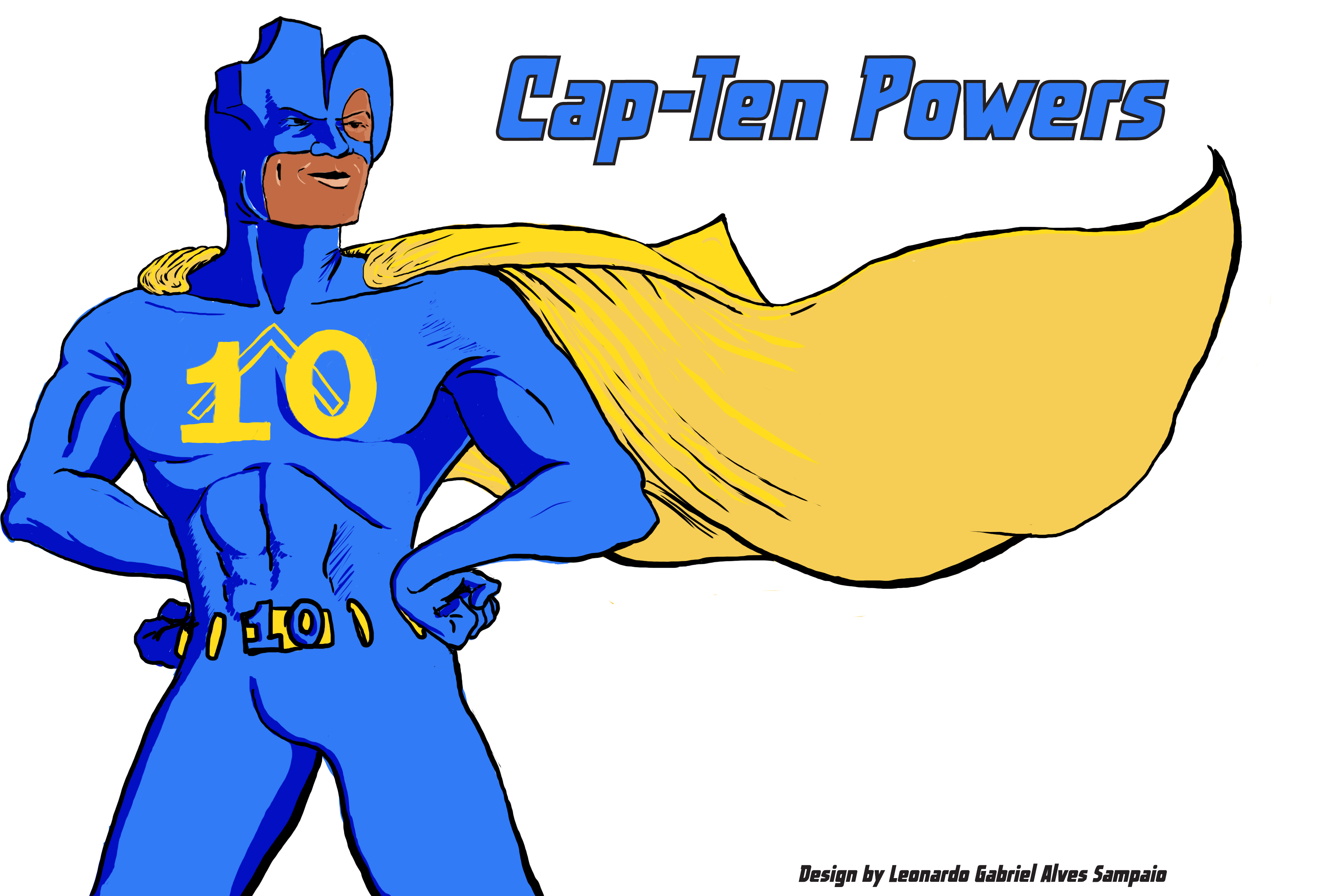2014 Powers of Ten

A Science Oratorio by David Haines
Directed by Laura Backley, David Bass and Craig Burket
Performances Accompanied by David Haines (piano)
Christopher Edel (bass)
and a slideshow of artwork and lyrics
Powers of Ten is a 75-minute choral and multimedia presentation, based on the movie of the same name by Charles and Ray Eames, that explores the scales of the universe from sub-atomic to cosmic. It was written by contemporary composer David Haines, and was performed by the NCFO Festival Chorus as part of the eighth annual Cambridge Science Festival. The two performances were April 26, 2014 at the Peabody/Rindge Avenue Upper School and April 27, 2014 in Cahners Theater at the Museum of Science.
The NCFO Festival Chorus consists of more than 50 men, women and children drawn from the community, from age 5 to grandparents, plus guest appearances by members of the St. Peter School Chorus (Andrea Gaudette, director) and the Fletcher Maynard Academy Chorus (Deborah Greene, director). Peruse the program booklet to see who participated.
Below are summaries and recordings of the songs of Powers of Ten as performed by the 2014 NCFO Festival Chorus. The narrative takes the form of two visionary journeys made by two brothers sitting on a beach on a summer afternoon. One brother gazes at his own hand, and this becomes the starting point of his journey down the magnitudes of scale. The other is gazing out at the horizon, and this leads him towards his own journey of the imagination up the scales of magnitude.
PART ONE: The Journey Down the Magnitudes (Narrator: Ishmael Sharif)
- Introduction: The Beach – An atmospheric evocation of a beach in summer, capturing that feeling of the oneness and strangeness of the universe that sometimes comes to us in a beautiful setting when ordinary things suddenly appear extraordinary and mysterious.
[performance audio/video]
- Ten Fingers (spoken bits: Ilan Balzac and Katarina Dvornik) – What is a base, and why do we use base 10? A funky song sung by the boy’s ten fingers, not only describing the numerous functions they are capable of, but with a spoken explanation midway of why base 8 might have been a better number system; and an explanation of the meaning of "powers of 10" as a mathematical concept.
[performance audio/video]
- Life That Lives on Man (spoken bits: Julia Elkind and Suzanne Elkind as head lice; Katarina Dvornik as the flea; Ellen Ryan as the follicle mite) – Partly spoken, partly sung, this describes just three of the numerous lifeforms inhabiting the human skin and hair.
[performance audio/video]
- Amoeba – With a spiky, angular melody, the amoebae argue their case: "I would sob with misery if I couldn’t be a blob like me, so what’s so great about being the same shape from day to day?"
[performance audio/video]
- Bacteria – Scientists believe that bacteria were probably the earliest widespread life form on Earth and that their incredible resilience and evolutionary adaptability will ensure their survival until the day Earth is swallowed up by the swollen Sun in a few billion years time.
[performance audio/video]
- Virus – A friendly and informative common cold virus thanks its human host for using the viral DNA to reproduce the virus in a very rhythmic and slightly bluesy song.
[performance audio/video]
- Charmed Quark (soloists: Mike Nakagawa as Up Quark, Anisha Nakagawa as Down Quark, Kailash Nakagawa as Strange Quark Hanging Around) – In the style of a 50's pop song, a pair of quarks bemoan their fate never to be left alone together, since quarks always (well, nearly always) come in threes.
[performance audio/video]
- String (soloist: Kathy Lindsay) – An evocation of string theory and of Theories of Everything in general. Strings are the smallest possible size, on the order of the Planck distance. The song segues into a reprise of The Beach, returning us to the everyday human scale before the outward journey commences.
[performance audio/video]
PART TWO: The Journey Up the Magnitudes (Narrator: Kailash Nakagawa)
- Cambridge Public School Song Medley - Each year, David Haines leads songwriting workshops in dozens of classrooms in the Cambridge Public Schools. Here are five selections from the songs written with these students in spring 2013:
- Amphibians Are Really Grand (Graham and Parks 1st and 2nd grades) - Frog skins are smooth.
- Discovering My Body (Morse School 1st grade) - What's inside?
- Wandering Albatross (Amigos School 1st grade) - I fly a thousand miles a day.
- Gravity Waltz (King Open 3rd and 4th grades) - Gravity prevents us flying up off the floor.
- Science Is Real (Baldwin School junior kindergarten) - A paean to the scientific method.
- Don't Pick the Daisies – Moving out into the countryside, this appealing song, especially suited to very young children, asks walkers and ramblers to refrain from picking the flowers.
[performance audio/video]
- Song of the Tamar Valley – At the level of landscape, the Tamar itself (the river that runs along the border between Devon & Cornwall, near the composer's home in southwestern England) sings a stately anthem glorifying its billion-year history, and of the power of Nature to triumph eventually over our puny efforts to mine the river's banks.
[performance audio/video]
- Tectonic Waltz – This lilting melody recounts the slow choreography of the continents over Earth’s lifetime.
[performance audio/video]
- Planet Earth (soloist: David Haines) – A somber vision of Earth as a fragile jewel in space.
[performance audio/video]
- 93 Million Miles – A lively song with a Latin tinge to the accompaniment, full of factual information about the sun and our relationship to it.
[performance audio/video]
- Eight Planets – The introductory section laments the loss of Pluto from the pantheon of planets, explaining why it happened. This is followed by a simple four-part round listing the planets in order of distance from the sun.
[performance audio/video]
- Exoplanet Explorer - We have just discovered a planet with properties that may be earthlike for the first time, a mere 500 light years away. How many others might there be?
[performance audio/video]
- Stargazing – A meditation on the perspective on human existence gained through appreciating the universe's scale and structure.
[performance audio/video]
- Black Hole – A jazzy, joky number about the dangerous characteristics of a black hole.
[performance audio/video]
- Galaxy to Cosmos (soloist: David Haines) – An evocation in music and words of the vastness of the Milky Way and of its relative insignificance at a cosmic scale. The song segues into a final reprise of the opening number, The Beach, rounding off Powers of Ten.
[performance audio/video]

»



